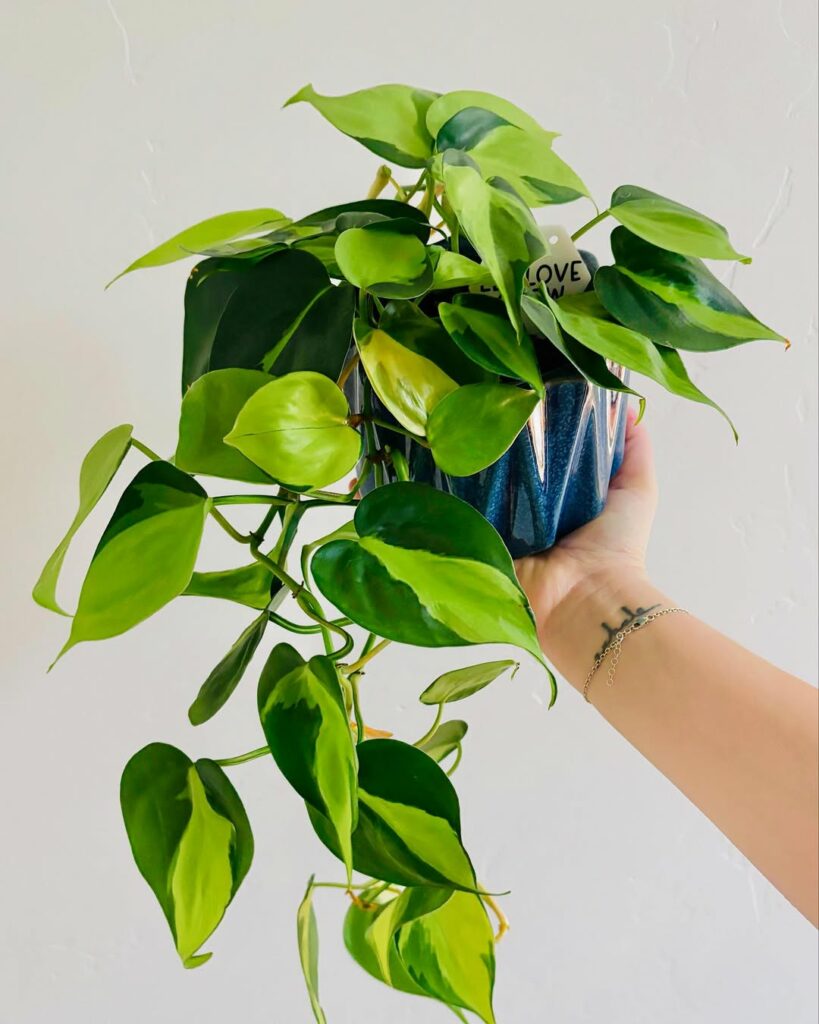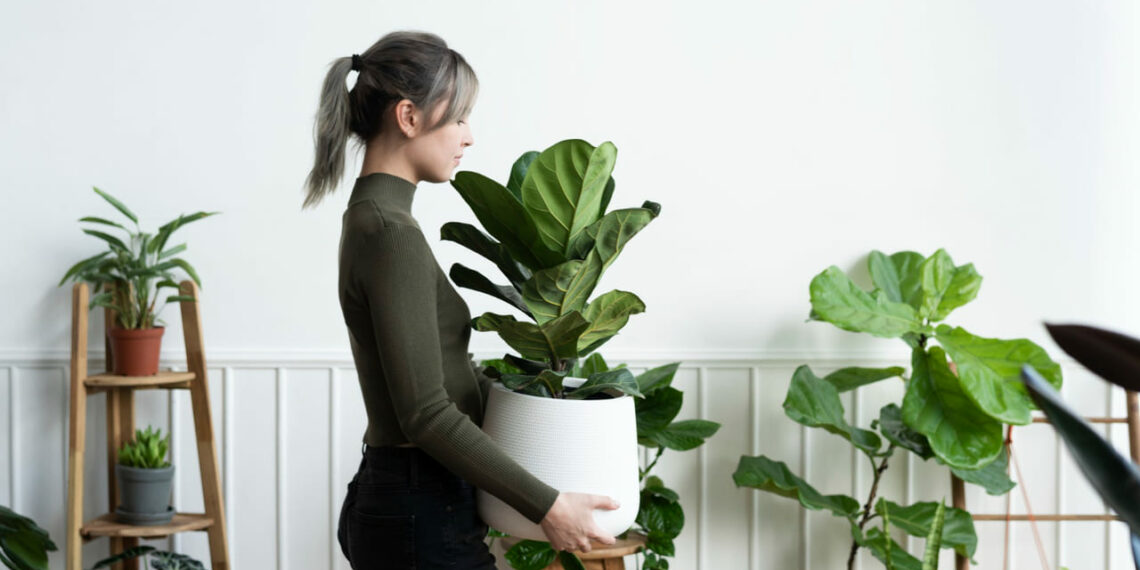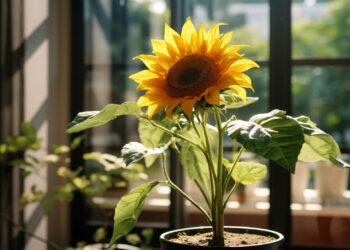Not every room is blessed with natural light. Hallways, bathrooms, and corners far from windows often become forgotten zones — underused and underdecorated. But they don’t have to stay that way. With the right low-light indoor plants, it’s possible to transform even the dimmest areas into green sanctuaries full of life, elegance, and calm.
Indoor gardening isn’t reserved for spaces bathed in sunlight. In fact, many species naturally adapted to forest understories or shaded canopies are perfectly happy in darker settings. And beyond their resilience, these plants add depth, texture, and a comforting rhythm to the home — turning overlooked corners into design statements.
How to Choose the Right Plant for Low-Light Interiors
Before selecting a plant for that shadowy nook, it’s important to understand what “low light” really means. According to Lisa Eldred Steinkopf, author of Houseplants: The Complete Guide, “Low light doesn’t mean no light. It means indirect light, often from a nearby room or a shaded window. Plants still need some ambient brightness to survive.”
With that in mind, seek out species with broad, deep green leaves, which are naturally more efficient at photosynthesis in reduced light. Avoid sun-loving plants that require direct exposure to stay healthy — they will not thrive and may decline quickly in dim interiors.
Living Green in the Shade: What Thrives Where the Sun Doesn’t
Among the best indoor plants for low light, a few stand out not only for their adaptability but also for their stunning aesthetic value. The snake plant, for instance, is a sculptural beauty that needs little more than occasional watering. Its upright form and silvery edges add architectural elegance to bedrooms and hallways.

The ZZ plant, or Zamioculcas zamiifolia, is another resilient option. Often praised by interior designers for its glossy, dark green leaves and ability to survive neglect, it fits seamlessly into modern and minimalist spaces. “I often recommend ZZ plants for office corners or darker living rooms,” says Hilton Carter, stylist and author of Wild at Home. “It’s hardy, doesn’t fuss, and always looks polished.”
If you crave something trailing, the heartleaf philodendron and pothos varieties offer a cascade of foliage that works beautifully on shelves or hanging baskets. These tropical natives can handle indirect light and add movement and a sense of wild charm to interiors.
Care Tips to Keep Your Shade Plants Healthy
While these low-light plants tolerate darkness better than others, they still require thoughtful care. Overwatering is one of the most common mistakes. Because light affects how quickly moisture evaporates, plants in darker spots need less frequent watering. Always check the soil before watering and opt for containers with proper drainage.
Dust buildup is another factor often overlooked. In rooms with less light and airflow, leaves can accumulate a fine layer of dust, interfering with photosynthesis. Wipe foliage gently every few weeks to keep your plants breathing and glowing.

Fertilizing should be done sparingly — perhaps once every two to three months — as slower-growing plants don’t consume nutrients as rapidly. Rotating the plant occasionally can also help it grow evenly, even if the light source is indirect or coming from one side of the room.
Style Meets Function: Decorating With Low-Light Plants
From a design perspective, these plants are more than survivors — they’re statement pieces. In corners where furniture feels heavy or where the eye lacks a resting point, a lush green plant brings softness and serenity. Snake plants add a vertical accent to small areas; pothos drapes naturally from high shelves; and peace lilies — tolerant of shade and generous with blooms — offer sculptural form and floral grace.
When paired with natural materials like terracotta, rattan, or matte ceramics, these plants elevate the ambiance of any room. Whether your style is modern, boho, or classic, the right low-light greenery bridges function and beauty, offering living décor that evolves gracefully over time.

Enfeite Decora is a digital publication dedicated to inspiring and informing enthusiasts of architecture, interior design, and gardening. The editorial team (credited in the content) includes specialized writers, landscape designers, gardeners, and individuals passionate about transforming spaces.
Content Curator: Cláudio P. Filla | Advertising Professional & Social Media Manager
Email: [email protected]





Discussion about this post